Mussels (yí bèi) are also called clams, mussels or greens. In scientific classification, they all belong to the "Mytilidae" and are collectively called "mussels". This kind of shellfish is common, with a wedge-shaped shell, thick meat, very chewy when chewed, and very delicious. Mussels are not only edible, but also can be used as bait or fertilizer, and their shells can be made into exquisite handicrafts. So, what kinds of clams are there?
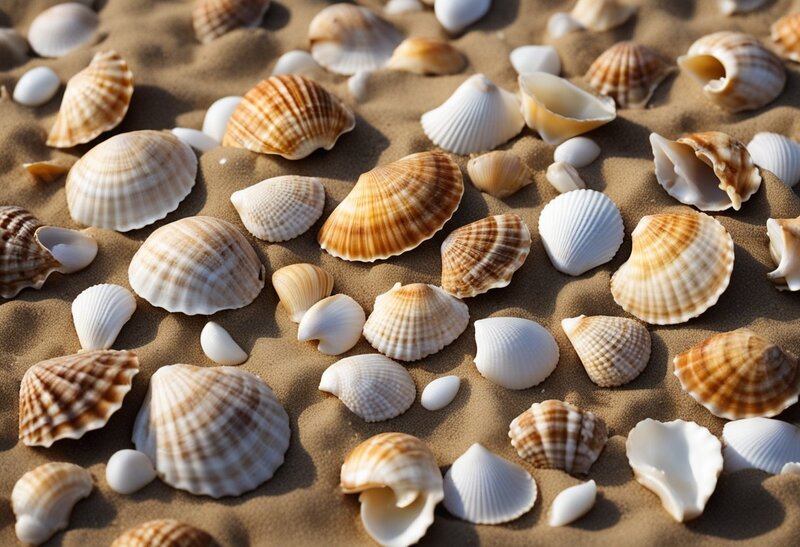
Common ones include green mussels, Xun's muscle clams, purple shell clams, thick shell mussels, peacock shell clams, Mediterranean mussels, partial top clams, short stone clams, white spot apricot clams and Japanese muscle clams. Today, we have sorted out the top ten types of mussels for you. Come and learn about the classification and related information of these mussels!
1. Emerald Mussel (smooth shell/emerald green) (East Asia/Southeast Asia)
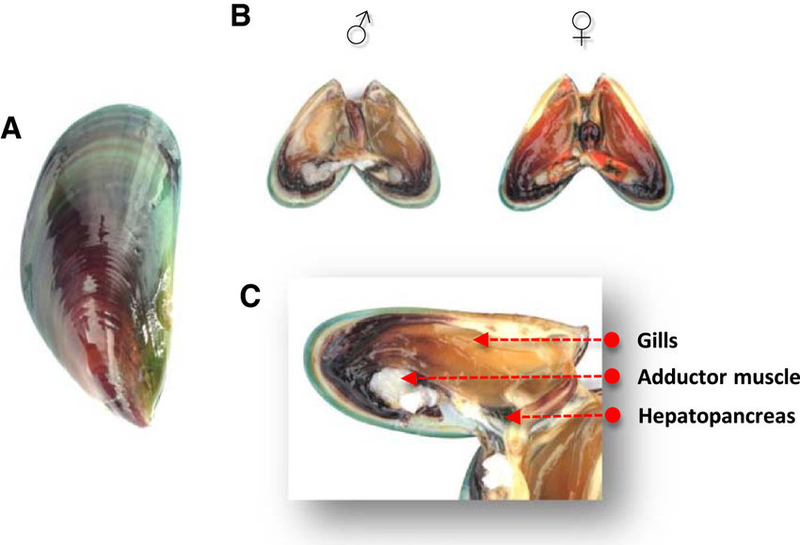
Emerald mussel, also known as green-lipped mussel or green-shelled clam, is one of the most popular mussel species. This mussel is native to tropical waters south of the Philippines and is now widely distributed in Singapore, Malaysia, Indonesia, South Korea, mainland China and Taiwan. Emerald mussels usually live in areas from intertidal zones to shallow seabeds. In addition to reefs, they can also be found in places such as driftwood and the bottom of boats.
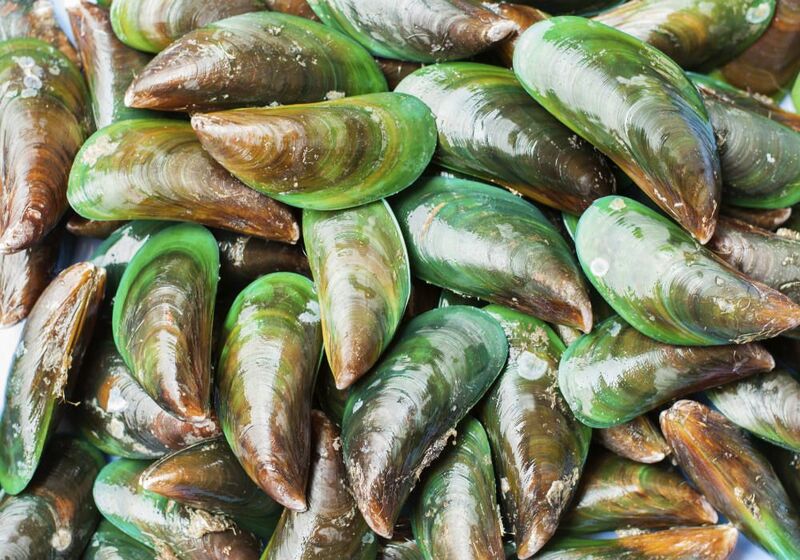
The shell of the emerald mussel is large and thin, with a smooth surface and emerald green. The front half is often green-brown, with fine growth lines and raised ribs at the front. Its inner shell surface is porcelain white, occasionally with a blue-green hue, and has a pearly luster. Due to its delicious meat, the emerald mussel is regarded as one of the important economic shellfish.
2. Clam of Xun’s Muscle (smaller/yellow-brown shell) (North Pacific)
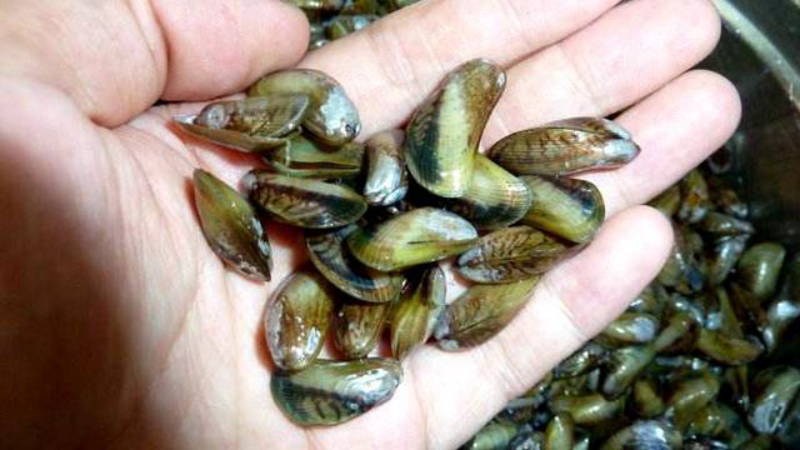
Clam of Xun’s Muscle, also known as sea melon seed or thin shell, is a small mussel. Its shell is thin and small, slightly triangular, about twice as long as it is high, and covered with a yellow-brown shell skin. The top of the shell is near the front end, and there are several fine radial ribs on the front ventral edge of the shell. The growth lines are not obvious, and the inner shell is grayish white. From August to September every year, the gonads of the thin shell begin to mature and spawn, and their number is usually the most abundant during the plum season. The meat is tender and the taste is extremely delicious, making it a very suitable dish to go with wine.
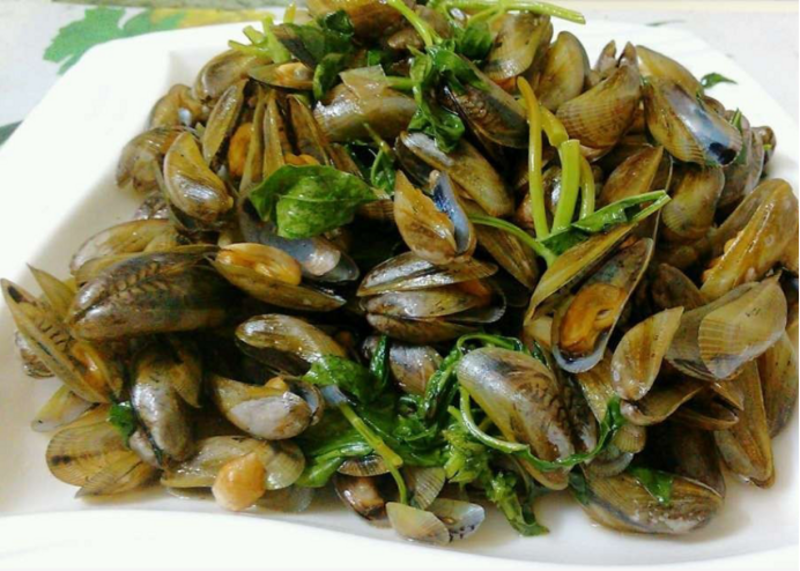
It is reported that clams are widely distributed in warm temperate zones, usually appearing in muddy beaches or mudflats in the intertidal zone, with a vertical distribution range from the middle and lower intertidal zone to the shallow seabed about 20 meters deep. It is distributed on both the east and west coasts of the Pacific Ocean.
3. Purple shell clam (thin and brittle shell/purple-black shell surface) (cold water areas around the world)
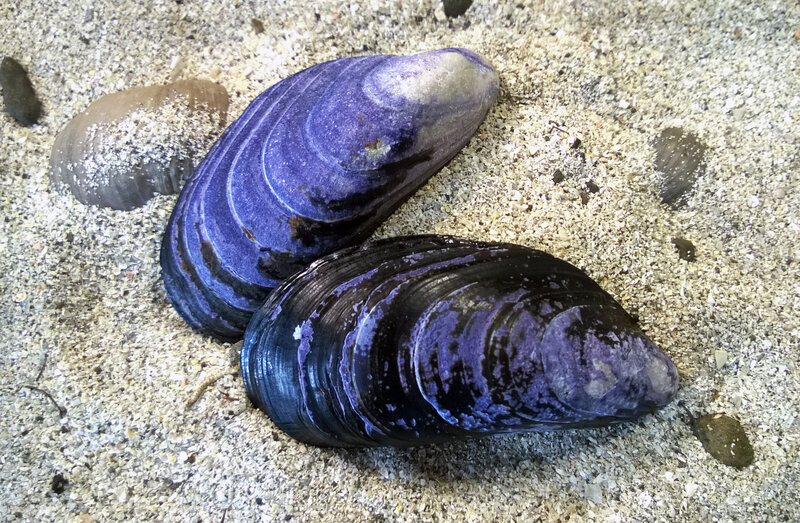
Purple shell clam is one of the top ten mussel species, and is called purple mussel because of its purple-black shell. They are widely distributed, especially in cold waters, usually living in shallow seas and attached to reefs through foot threads. Purple shell clam has a strong anti-pollution ability. Although it can still survive in a severely polluted environment, it often has a peculiar smell, which has a certain impact on health.
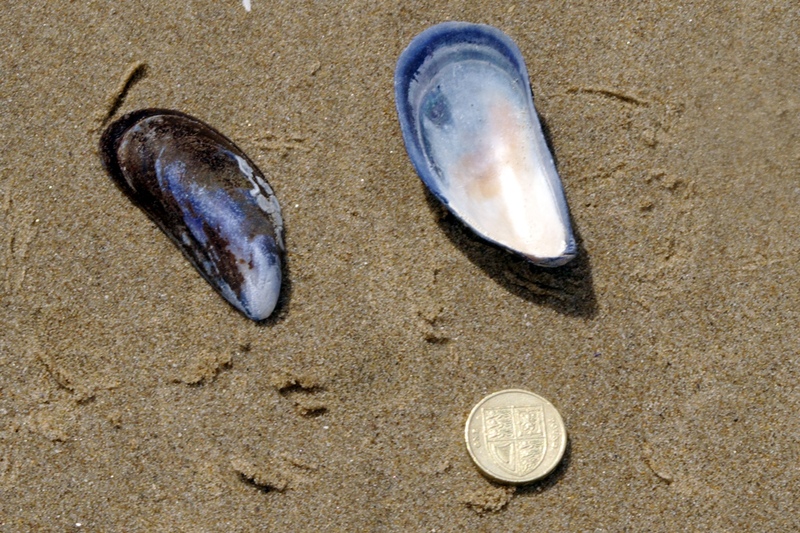
In addition, they are also very drought-resistant. They can survive in a dry environment for 1 to 2 days in summer and 3 to 4 days in low temperatures, which is convenient for transportation. The outer shell of this mussel is purple-black, the inner shell is grayish white, the edges are blue, and it has a pearly luster. The shell is thin and brittle, the hinge is long, the ligament is dark brown, the length is similar to the hinge, the hinge teeth are not fully developed, the posterior adductor muscle may degenerate or disappear, and the foot is very small and soft.
4. Thick-shelled mussel (large and thick shell/brown) (Pacific Northwest)
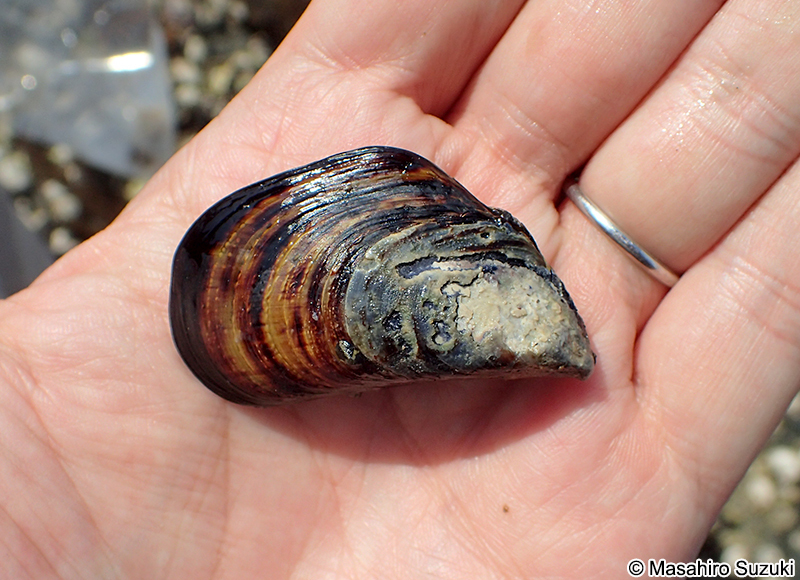
Thick-shelled mussels are both delicious and nutritious. The shell of thick-shelled mussels is large and thick, brown in color, with a rough surface, the top is often white due to wear, and the edges curl inward to form a circle of edging. The inside of the shell is purple-brown or grayish-white, the ligaments are brown, the gonads fill the mantle wall when mature, and the foot threads are coarse and yellow and very developed.

Thick-shelled mussels are highly adaptable and particularly like high-salinity waters. Therefore, they are mainly distributed in the northwest Pacific Ocean and are commonly found in shallow sea areas from below the low tide line to a depth of 20 meters. The density is usually highest at a depth of 10 meters. Its meat is delicious, the yield is rich, the resources are sufficient, and the economic value is also quite high.
5. Peacock Shell Clam (strong pearl luster inside the shell) (India to the Western Pacific Ocean)
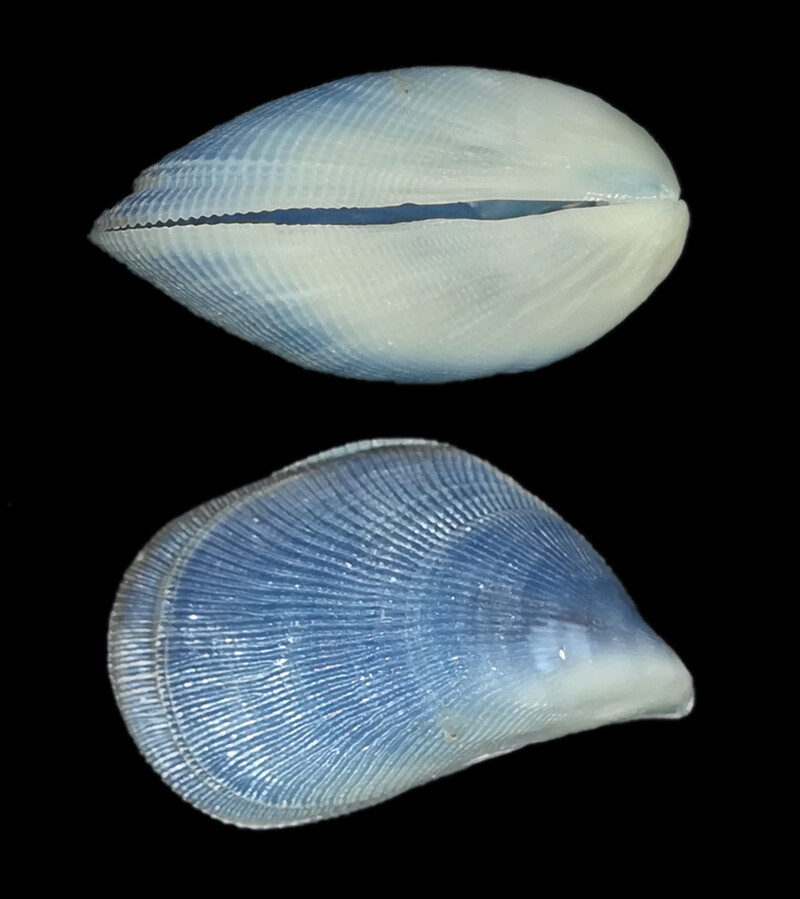
Peacock Shell Clam, also known as the diaphragm mussel, not only has delicious meat, but also has a high ornamental value of its shell. The shell of the peacock shell clam is thick, with the color ranging from brown to dark brown, and the inside presents a dazzling blue-purple pearl luster. The top of the shell is in the shape of a blunt bird beak, located at the front edge, and the front edge is relatively straight, the front end of the rear edge is steep, and the rear end is relatively flat, and the ventral edge is arc-shaped. There are obvious radial ribs on the surface of the shell, and there is a protruding rib from the top of the shell to the rear ventral edge, dividing the shell surface into upper and lower parts.

This mussel is mainly distributed in the Indian Ocean to the Western Pacific Ocean. It usually attaches to coral reefs or rocks in the intertidal zone through foot threads. Sometimes it is fixed on the bottom and can even drill holes to survive. They obtain nutrients by filtering plankton and organic debris.
6. Mediterranean mussel (larger body/dark blue shell) (temperate marine area)
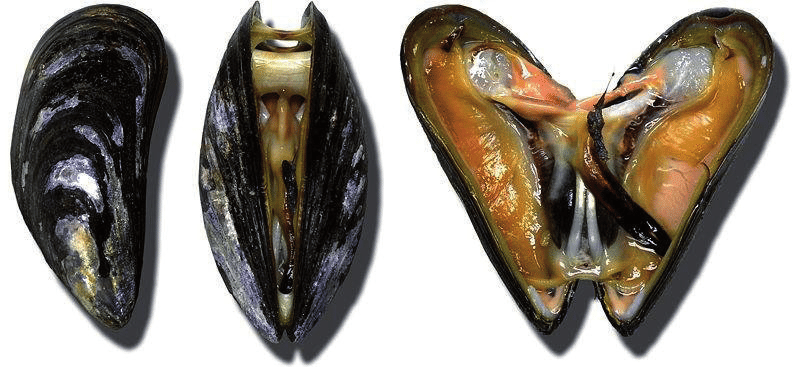
Mediterranean mussel, also known as blue mussel, is one of the ten most common species of mussels. It is often regarded as an invasive species around the world, but is also widely used in aquaculture. Mediterranean mussels are native to the Mediterranean, Black Sea and Adriatic Sea. They are now widely distributed in many parts of the world and have been introduced in almost all temperate waters and large seaports.
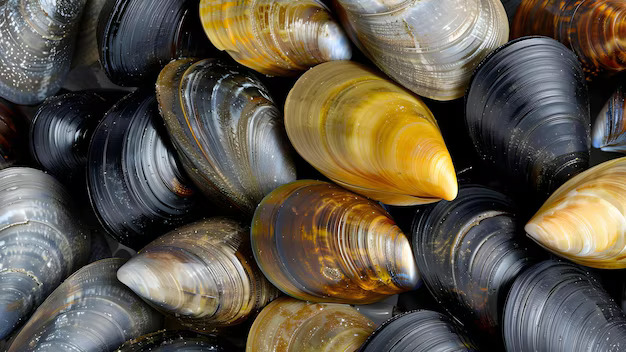
The color of this mussel changes from purple-blue or black to light brown. The fan-shaped shell is almost quadrilateral, the edge of the shell end is slightly curved, and the shell mouth is rounded. Compared with other mussels, Mediterranean mussels are larger, usually about 5-8 cm long, and up to 15 cm.
7. Clams (long oval/hairy on the back of the shell) (cold waters in the Northern Hemisphere)
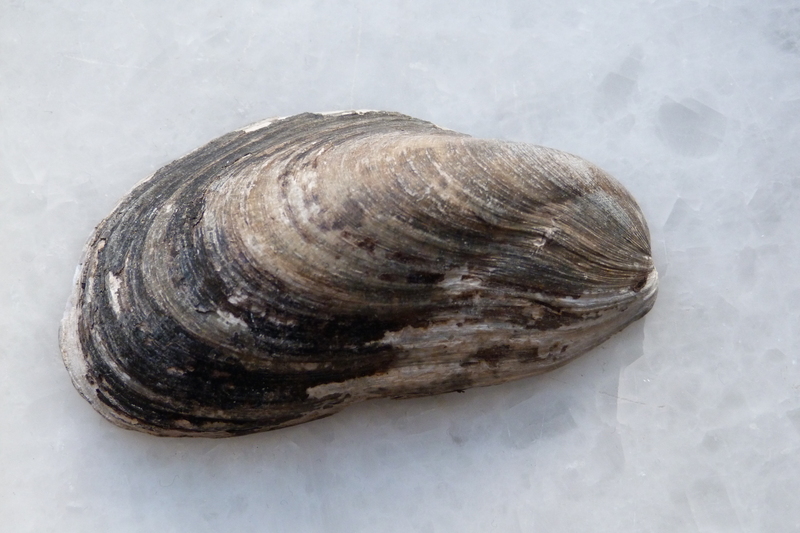
Clams are an economic shellfish belonging to the genus Clams of the family Mytilidae. They have plump meat and average taste. They can be eaten raw or processed into dried products. Their shells are large, slightly long oval, and hard. The shells are covered with yellow-brown fine hairs, which are long, smooth, and unbranched. The inside of the shell is usually light gray-blue, sometimes with a slight purple tint. The byssus holes look slightly obvious, and the byssus is slender and light yellow.

Clams are mainly distributed in the cold water areas of the Northern Hemisphere, covering the east and west banks of the Arctic Ocean to the south to the Pacific Ocean and the east and west banks of the Atlantic Ocean. Other types of mussels similar to the clams include the long clams, short clams, sheath clams, ear clams and Philippine clams.
8. Short Stone Clam (small shell/shell with membrane) (China/Japan)
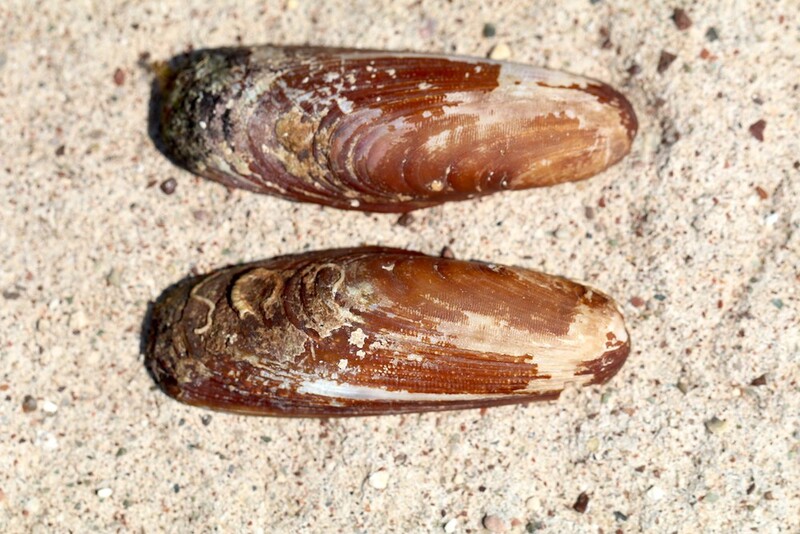
What types of mussels are there? Short Stone Clam is one of the popular types. It is mainly distributed along the coasts of China and Japan, especially in the southeastern coastal areas of China, and is particularly abundant along the coast of Zhejiang. It reproduces and grows quickly and usually lives in rock crevices.

The shell of the short stone clam is small, thin, and slightly cylindrical. The front end of the shell is rounded, while the back end is slightly thin and flat. The top of the shell is near the front end. The surface is covered with brown or light brown shell skin, and the outer layer has a very thin calcareous membrane, which is smooth and grayish white. Its inner side is lighter in color, with red, green, blue and other lusters, while its foot threads are thin and underdeveloped.
9. White-spotted apricot clam (shell is translucent/very thin and brittle) (Atlantic/Pacific/Indian Ocean)
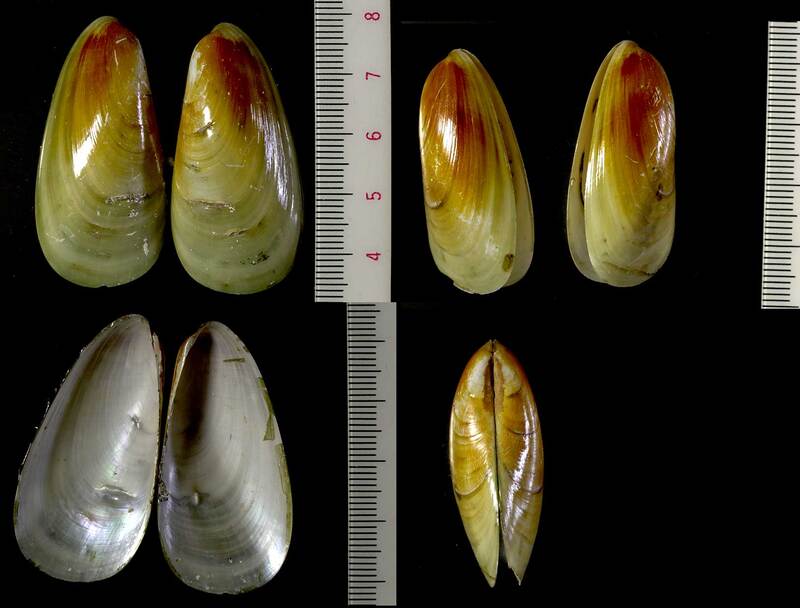
White-spotted apricot clam, also known as big apricot clam, is one of the ten most common sea snail species. This shell is medium-sized, translucent and very thin and brittle, and its shape is roughly oblong. Its shell is yellow or milky white, the anterior ventral edge is often light yellow, and the dorsal edge is reddish brown, with a smooth and shiny surface. The inner layer of the shell is white with a pearly luster, the muscle marks are not obvious, the shell edge is smooth, the hinge is toothless, the ligament is slender and light reddish brown, and the foot threads are extremely thin and soft, similar to gelatin.
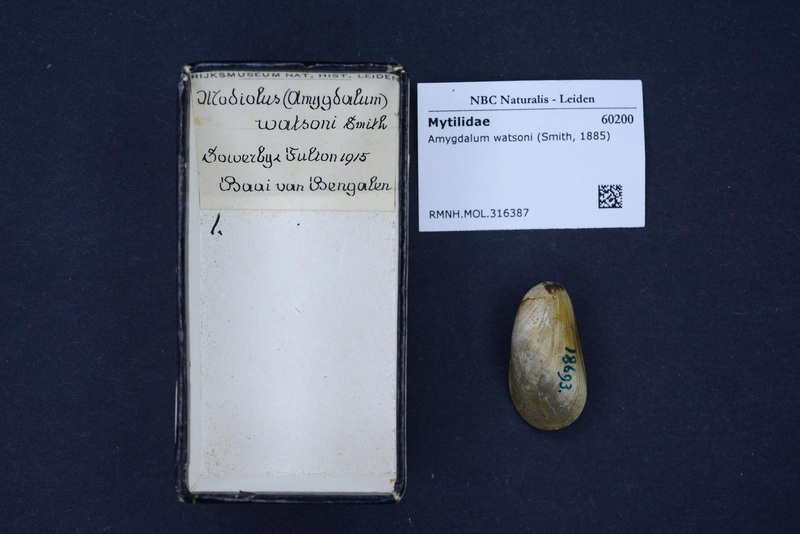
The white-spotted apricot clam is widely distributed in the east and west coasts of the Atlantic Ocean, the west coast of the Pacific Ocean and the Indian Ocean, especially in the subtidal zone. Its vertical distribution range is wide, and it can be found from a dozen meters to 2,000 meters deep sea, usually living in places with a depth of about 270 meters.
10. Japanese muscle clam (slender shell/yellow-green) (Japan/North Korea/Southeast Asia)
Japanese muscle clam is a warm-water mussel and one of the common mussel varieties. This mussel is widely distributed in the Indian and Western Pacific regions, mainly found in Japan, North Korea and Southeast Asia, and usually lives in shallow seabeds with a depth of 10 to 100 meters.
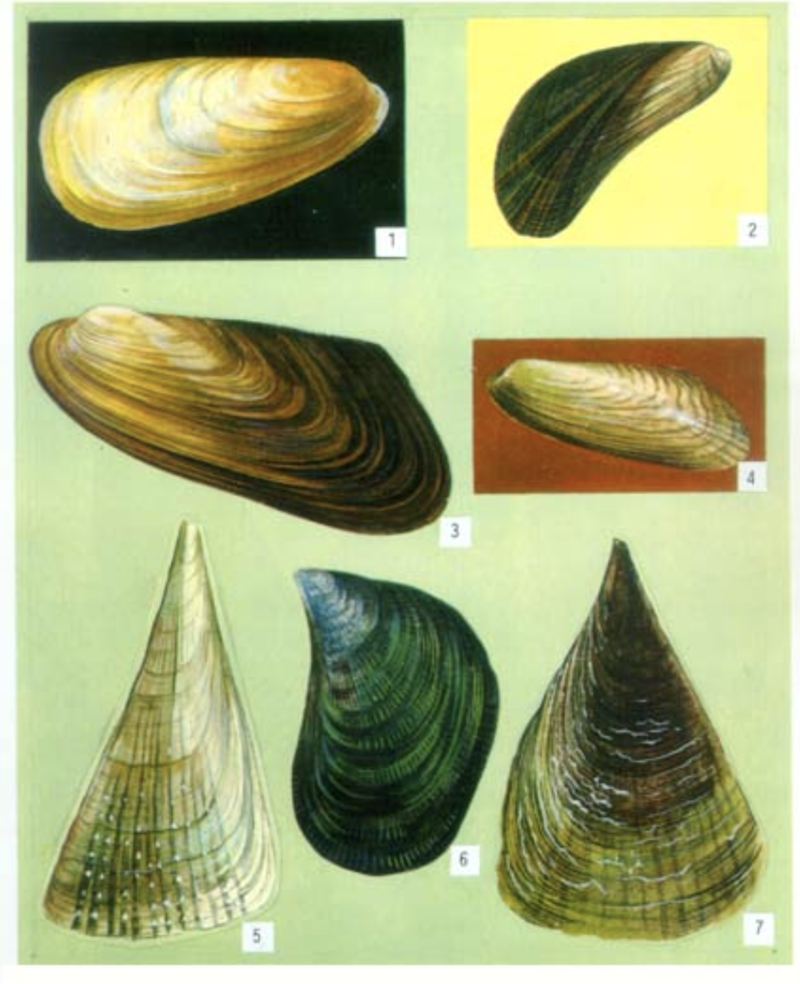
The shell size of Japanese muscle clam ranges from small to medium, the shell is thin and tough, and the shape is relatively flat and slender. The surface of the shell is yellow-green, sometimes with a light red hue, while the inner surface is light and slightly shiny, with a reddish-brown pattern on the surface. Its ligaments are slender and light brown, the edge of the mantle is thick, with spherical tentacles and brown pigment. In addition, its water pipes are slightly tubular, the adductor muscles on both sides are of different sizes, and the foot threads are soft and gelatinous and well developed.
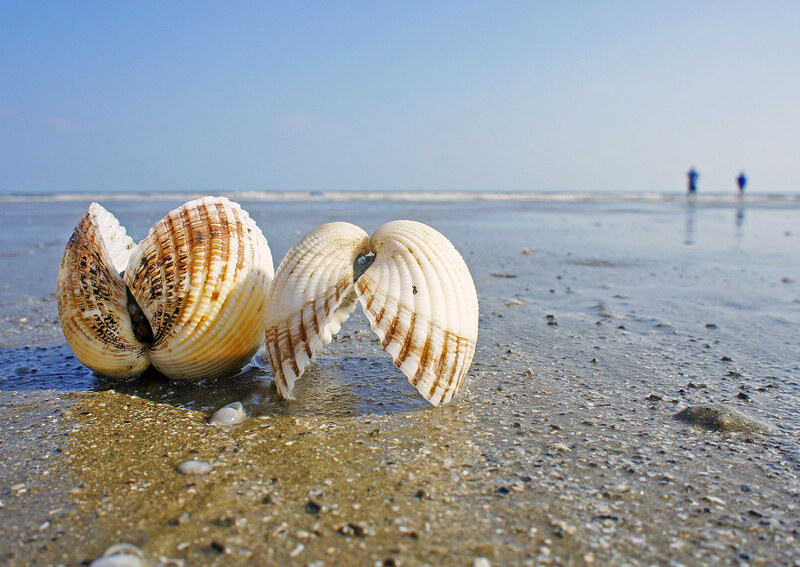
The ten most common types of mussels are studied by the editor based on the characteristics and qualities of common mussels, and refer to their popularity among the public. By integrating various related rankings and lists on the Internet, this recommended list is compiled for your reference only. If you have any questions or ideas, please feel free to communicate in the comment area below.
animal tags: mussels
We created this article in conjunction with AI technology, then made sure it was fact-checked and edited by a Animals Top editor.